Home>Garden Essentials>How To Plant Oregano Seeds
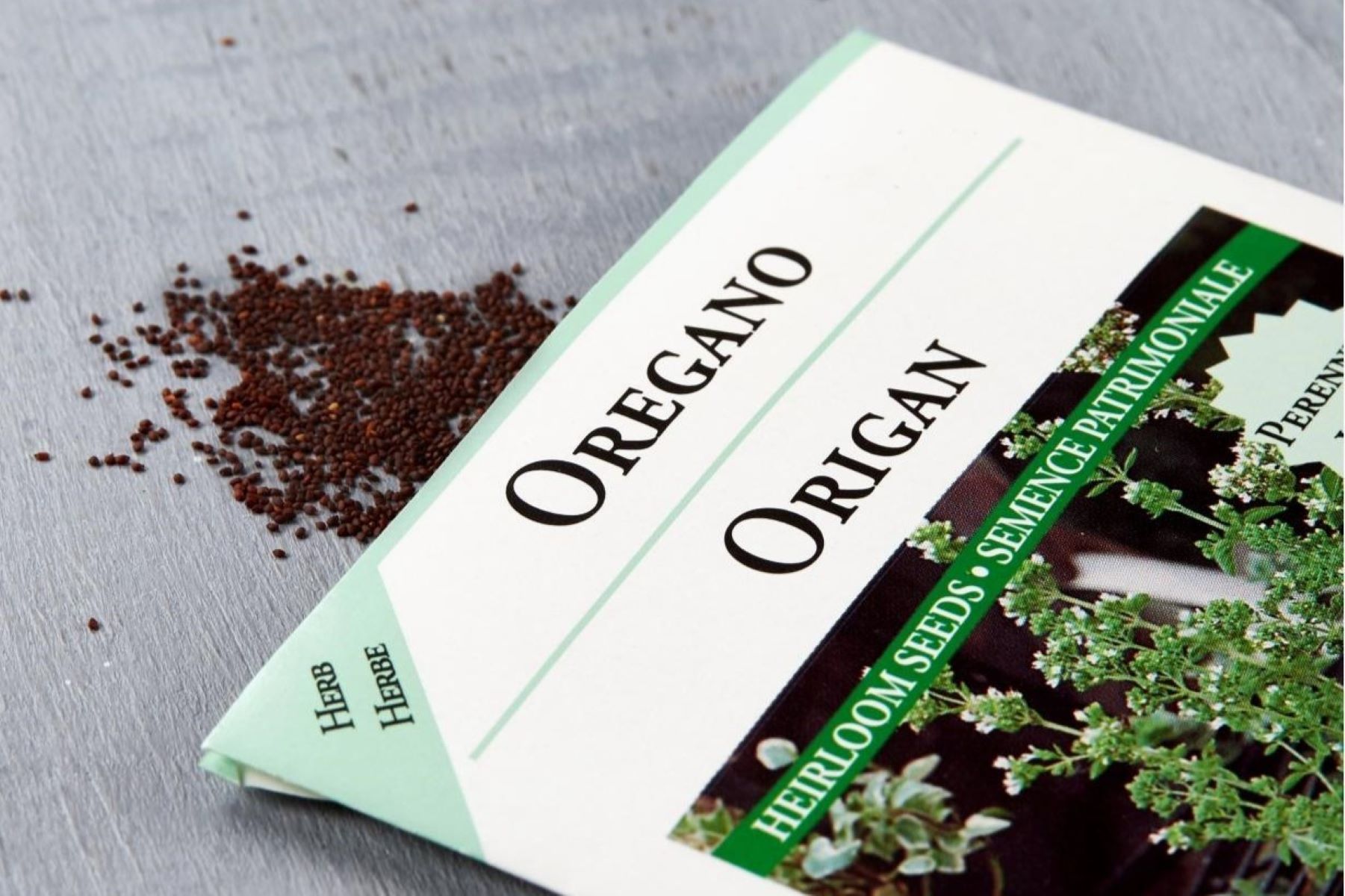

Garden Essentials
How To Plant Oregano Seeds
Modified: April 22, 2024
Learn how to plant oregano seeds in your garden and enjoy fresh, flavorful herbs right at home. Step-by-step instructions for successful cultivation.
(Many of the links in this article redirect to a specific reviewed product. Your purchase of these products through affiliate links helps to generate commission for Storables.com, at no extra cost. Learn more)
Introduction
Gardening is a rewarding and therapeutic hobby that allows you to connect with nature and grow your own plants and herbs. If you’re looking to add a burst of flavor to your culinary creations, growing oregano in your garden is a great choice. Oregano is a versatile herb that not only adds a lovely aroma to dishes but also offers numerous health benefits.
In this article, we will guide you through the process of planting oregano seeds and provide you with tips to ensure a successful and bountiful harvest. Whether you’re an experienced gardener or a beginner, growing oregano seeds will be a delightful and fulfilling experience.
Before getting started, let’s take a look at the different types of oregano seeds available. There are several varieties of oregano, including Greek oregano, Italian oregano, and Mexican oregano. Each variety has its own unique flavor profile and growth requirements, so it’s important to choose the seeds that suit your needs and growing conditions.
Next, we will delve into the steps involved in preparing your soil for planting oregano seeds. Oregano thrives in well-drained soil with a slightly alkaline pH level. We will provide you with tips on how to prepare your soil by adding organic matter, ensuring adequate drainage, and adjusting the pH level if necessary.
Once the soil is prepared, it’s time to sow the oregano seeds. We will guide you through the process of planting the seeds at the right depth and spacing to promote healthy growth. You will also learn about the ideal temperature and sunlight requirements for the germination of oregano seeds.
To encourage optimal growth, providing the ideal growing conditions is crucial. Oregano prefers full sun but can tolerate partial shade. We will discuss tips on how to provide the right amount of sunlight, temperature, and humidity to ensure your oregano plants thrive.
Proper watering and fertilizing techniques are essential to maintain the health and vigor of your oregano plants. We will provide you with guidelines on how often to water your plants and the importance of avoiding over-watering. Additionally, we will discuss organic fertilizers that are suitable for oregano and how to apply them.
No garden is immune to weeds and pests, and oregano plants are no exception. We will share effective strategies to control weeds and deal with common pests that may attack your plants. By implementing these measures, you can keep your oregano plants in top shape.
When the time comes to harvest your oregano, you will want to ensure the leaves are at their peak flavor and aroma. We will teach you how to harvest oregano leaves at the right time and methods for drying and storing them to retain their quality.
Lastly, we will explore different ways to use oregano in your culinary adventures. From adding flavor to pasta dishes and sauces to infusing oils and vinegars, there are countless ways to incorporate this aromatic herb into your cooking.
So, get ready to embark on a journey of growing oregano from seeds and discover the joy and satisfaction of having fresh, homegrown herbs right at your fingertips. Follow our step-by-step guide and soon enough, you’ll be enjoying the delightful flavors and enticing aromas of oregano in your favorite dishes!
Key Takeaways:
- Choose high-quality oregano seeds from reputable suppliers for successful growth. Consider the variety, adaptability to your region, and decide between organic and conventional seeds.
- Prepare well-drained, alkaline soil with organic matter for oregano seeds. Ensure full sun exposure, good drainage, and proper pH levels for thriving plants.
Read more: How Long For Oregano To Germinate
Choosing the Right Seeds
When it comes to choosing oregano seeds, there are a few factors to consider to ensure a successful and rewarding gardening experience. Here are some tips to help you select the right seeds for your oregano plants:
- Quality: It’s essential to choose high-quality oregano seeds from a reputable supplier or seed company. Look for seeds that are fresh, properly packaged, and have a high germination rate. This will give you the best chance of successful seedling growth.
- Variety: Oregano comes in different varieties, each with its own unique flavors and characteristics. Consider the specific variety you want to grow, whether it’s Greek oregano with its strong flavor, Italian oregano known for its culinary uses, or Mexican oregano with its citrusy notes. Research the different varieties available and choose one that suits your taste preferences and growing conditions.
- Adaptability: Oregano is a hardy herb that can thrive in various climates and growing conditions. However, certain varieties may be better suited to specific regions or climates. Consult a local gardening expert or research online to find oregano seeds that are recommended for your area. This will ensure optimal growth and yield.
- Organic vs. Conventional: Decide whether you want to grow your oregano organically or are open to using conventional seeds. Organic seeds are produced from plants that have been grown without synthetic pesticides or fertilizers. If you prefer an organic gardening approach, look for certified organic oregano seeds.
Once you have chosen the right seeds, it’s time to prepare your soil and create the perfect environment for oregano seed germination and growth. In the next section, we will guide you through the process of preparing the soil to ensure your oregano plants thrive.
Preparing the Soil
The key to successful oregano cultivation lies in preparing the soil properly. Oregano thrives in well-drained soil with a slightly alkaline pH level. Here are some steps to prepare your soil for planting oregano seeds:
- Choose a suitable location: Oregano grows best in a location with full sun exposure. Find an area in your garden that receives at least 6-8 hours of direct sunlight per day. Avoid areas with excessive shade or poor air circulation, as this can lead to disease and inadequate growth.
- Clear the area: Remove any weeds, rocks, or debris from the planting area. Oregano can be easily overwhelmed by weeds, so it’s crucial to start with a clean slate to give your plants the best chance of thriving.
- Loosen the soil: Use a garden fork or tiller to loosen the soil to a depth of about 8-10 inches. This will improve the soil’s structure, allowing roots to penetrate easily and water to drain properly.
- Add organic matter: Oregano plants benefit from the addition of organic matter, such as compost or well-rotted manure. Spread a layer of organic matter evenly over the soil and incorporate it by gently mixing it into the top few inches of soil. This will enhance fertility, improve moisture retention, and provide essential nutrients for your oregano plants.
- Test the pH level: Oregano thrives in slightly alkaline soil with a pH level between 6.5 and 7.5. Test the pH level of your soil using a pH testing kit or by sending a soil sample to a local agricultural extension office. If the pH is too low (acidic), you can raise it by adding agricultural lime. Conversely, if the pH is too high (alkaline), you can lower it by adding elemental sulfur. Follow the instructions on the product packaging for proper application.
- Ensure good drainage: Oregano is susceptible to root rot if the soil retains excessive moisture. To ensure proper drainage, consider amending the soil with sand or perlite to improve its texture. Alternatively, you can create raised beds or mounds to elevate the planting area, allowing excess water to drain away.
Once you have prepared the soil, it’s time to sow the oregano seeds and begin the exciting journey of nurturing your plants. In the next section, we will guide you through the process of planting the oregano seeds and provide tips for successful germination and growth.
Planting the Oregano Seeds
Planting oregano seeds is an exciting step in the journey of growing your own flavorful herb. Here are some guidelines to help you successfully sow and care for your oregano seeds:
- Sowing time: Oregano seeds can be sown indoors 6-8 weeks before the last expected frost date in your area. In mild climates, seeds can also be sown directly outdoors in early spring. Choose the appropriate timing based on your local climate and growing conditions.
- Container or direct sowing: Determine whether you want to sow the seeds in containers for later transplanting or directly in the garden bed. Sowing in containers gives you more control over the growing conditions, while direct sowing simplifies the process.
- Seed depth and spacing: Oregano seeds are small and require light to germinate, so they should be sown close to the soil surface. Create shallow furrows, about 1/4 inch deep, in the soil. Scatter the seeds thinly along the furrows, allowing for a spacing of about 8-12 inches between each seed. Lightly cover the seeds with a thin layer of soil or vermiculite.
- Moisture requirements: Oregano seeds need consistent moisture to germinate successfully. Keep the soil evenly moist but avoid overwatering, as excessive moisture can lead to damping-off disease. Using a spray bottle or a gentle watering technique can help prevent displacing the seeds or washing them away.
- Temperature and germination: Oregano seeds germinate best at temperatures between 60-70°F (15-21°C). Provide a warm and well-lit location for the seed trays if you are starting indoors. Keep the trays covered with a plastic dome or plastic wrap to create a humid environment and promote germination. Once the seedlings emerge, remove the cover and place them in a spot with indirect sunlight or under grow lights.
- Transplanting seedlings: If you started your oregano seeds indoors, the seedlings should be transplanted once they have developed a few sets of true leaves. Transplant them into well-prepared garden beds or containers, spacing them 12-18 inches apart. Handle the delicate seedlings carefully, avoiding damage to their roots.
With proper planting and care, your oregano seeds will soon sprout and develop into healthy seedlings. In the next section, we will discuss the ideal growing conditions necessary for your oregano plants to thrive.
Providing the Ideal Growing Conditions
Creating the ideal growing conditions is essential for your oregano plants to flourish and produce abundant leaves for your culinary needs. Here are some tips to ensure your oregano plants receive optimal conditions:
- Sunlight: Oregano thrives in full sun but can tolerate partial shade. Place your plants in an area that receives at least 6 hours of direct sunlight daily. If you are growing oregano indoors, ensure it is placed near a window that offers bright, indirect light.
- Temperature: Oregano is a hardy herb that can withstand a range of temperatures. It prefers moderate temperatures between 60-75°F (15-24°C). Avoid extreme heat or cold conditions, as they can stunt the growth of the plants.
- Air circulation: Good air circulation helps prevent the development of fungal diseases on your oregano plants. Avoid overcrowding by providing adequate spacing between plants. If growing indoors, use a fan to promote air movement around the plants.
- Soil conditions: Oregano prefers well-draining soil with a slightly alkaline pH level of 6.5-7.5. Ensure the soil does not become waterlogged, as this can lead to root rot. Regularly check the moisture levels and adjust watering accordingly.
- Container gardening: If planting oregano in containers, choose a pot with drainage holes to prevent waterlogged soil. Use a well-draining potting mix formulated for herbs or create a mix using equal parts of compost, peat moss, and perlite.
- Mulching: Applying a layer of organic mulch around the base of your oregano plants helps conserve moisture, suppress weed growth, and regulate soil temperature. Use materials such as straw, wood chips, or dried leaves for effective mulching.
By providing the ideal growing conditions, your oregano plants will thrive and produce flavorful leaves that can elevate your culinary creations. In the next section, we will discuss the importance of proper watering and fertilizing techniques for the health and vigor of your oregano plants.
After planting oregano seeds, make sure to keep the soil consistently moist but not waterlogged. Oregano seeds need warmth and sunlight to germinate, so place them in a sunny spot and keep the soil temperature around 70-75°F.
Read more: How To Store Dried Oregano
Watering and Fertilizing
Proper watering and fertilizing techniques are crucial for the health and vigor of your oregano plants. Here are some guidelines to help you maintain optimal moisture levels and nourish your plants:
- Watering: Oregano plants prefer slightly moist soil. Water your oregano plants when the top inch of soil feels dry to the touch. Avoid overwatering, as it can lead to root rot. Make sure the soil has good drainage to prevent waterlogged conditions. Water at the base of the plant to avoid wetting the foliage, which can promote disease development.
- Drought tolerance: Oregano is known for its drought tolerance once established. However, consistent and adequate watering during dry spells will promote healthy growth and prevent stress on the plants. Use your discretion to adjust watering frequency based on the weather conditions and the plant’s needs.
- Organic matter: Oregano plants benefit from nutrient-rich soil. Prior to planting, incorporate well-rotted compost or organic matter into the soil to boost fertility. This will provide a slow-release source of nutrients for your oregano plants as they grow.
- Fertilizing: Oregano plants generally do not require heavy fertilization. However, a light application of balanced organic fertilizer once or twice a season can promote healthy growth and enhance flavor. Follow the instructions on the fertilizer packaging for the proper application rate and frequency.
- Herbal infusions: Instead of synthetic fertilizers, you can opt for natural herbal infusions that provide additional nutrients to your oregano plants. For example, steeping compost or worm castings in water and using the resulting “tea” as a fertilizer can supply beneficial microorganisms and nutrients to your plants.
- Foliar feeding: Oregano leaves can also benefit from foliar feeding, which involves spraying a diluted organic liquid fertilizer onto the foliage. This method allows for direct nutrient absorption. Use a sprayer to apply the solution, making sure to cover both sides of the leaves.
By following proper watering practices and providing balanced nutrition, your oregano plants will remain healthy and productive throughout the growing season. In the next section, we will discuss strategies for controlling weeds and pests to ensure the unobstructed growth of your oregano plants.
Controlling Weeds and Pests
Just like any garden plants, oregano is susceptible to weeds and pests. To ensure your oregano plants grow unhindered and remain healthy, it’s important to implement strategies for weed and pest control. Here’s how you can keep your oregano plants thriving:
- Weed control: Weeds can compete with oregano plants for nutrients, water, and sunlight. Regularly check the area around your oregano plants and remove any weeds by hand, making sure to pull them out at the root. Applying a layer of organic mulch, such as straw or wood chips, can also help suppress weed growth and retain moisture in the soil.
- Pest identification: Familiarize yourself with common pests that may target oregano plants, such as aphids, spider mites, and snails. Regularly inspect your plants for any signs of pest infestation, including distorted leaves, webbing, or chewed foliage.
- Organic pest control: Avoid using harsh chemicals on your oregano plants, as they may affect the flavor and quality of the leaves. Instead, opt for organic pest control methods. For example, you can introduce beneficial insects like ladybugs or lacewings that feed on aphids and other pests. Homemade insecticidal soap, made from a mixture of water and mild liquid soap, can be used to control soft-bodied pests like aphids. Neem oil, a natural insecticide, can also be effective against a range of pests.
- Companion planting: Growing certain companion plants near your oregano can help repel pests. For example, planting marigolds, garlic, or chives can deter aphids and other insects. Likewise, attracting beneficial insects by planting flowers like dill or yarrow nearby can help control pest populations.
- Cultural practices: Healthy plants are less prone to pest attacks. Ensure your oregano plants receive proper sunlight, water, and nutrition, as this will boost their natural defense mechanisms. Prune any damaged or diseased foliage to prevent the spread of pests and diseases.
- Vigilance and early intervention: Regularly monitor your oregano plants for any signs of pests or diseases. Early intervention is key to preventing infestations from spreading. Promptly remove any affected leaves or plants to prevent further damage.
By implementing these strategies, you can protect your oregano plants from weeds and common pests, ensuring their growth and productivity. In the next section, we will discuss the best time and methods for harvesting your oregano leaves.
Harvesting Oregano Leaves
Harvesting oregano leaves at the right time is crucial to ensure optimum flavor and quality. Here’s how you can harvest your oregano leaves:
- Timing: Oregano leaves can be harvested once the plant reaches a height of around 4 to 6 inches and has developed enough foliage. Generally, it’s best to wait until the plants have matured for about 60 to 90 days after planting before harvesting.
- Method: To harvest oregano leaves, use a pair of sharp, clean scissors or pruning shears. Cut the stems of the plant about 4 to 6 inches from the base, just above a set of leaves. Avoid cutting too close to the base, as this can inhibit new growth. Harvesting from multiple stems throughout the plant will encourage bushier growth.
- Partial harvesting: If you only need a small amount of oregano leaves for immediate use, you can selectively pick individual leaves instead of harvesting whole stems. This allows the plant to continue growing and producing more foliage for future harvests.
- Regular pruning: To promote vigorous growth, it’s beneficial to regularly prune your oregano plants throughout the growing season. This involves removing the top one-third of the stems, cutting just above a set of leaves. Regular pruning encourages the plant to branch out and produces a more compact and bushy growth habit.
- Leaf quality: The best time to harvest oregano leaves is in the morning when the flavors and essential oils are most potent. The leaves should be mature but still tender. Avoid harvesting leaves that appear browning, yellowed, or damaged.
- Harvesting frequency: You can continue harvesting oregano leaves throughout the growing season as needed. However, it’s important to allow the plants to recover between harvests. Avoid removing more than one-third of the plant’s foliage at a time to ensure its continued health and productivity.
Once you have harvested your oregano leaves, it’s time to store and use them to enhance your culinary creations. In the next section, we will discuss the best practices for storing and utilizing oregano in your culinary adventures.
Storing and Using Oregano
To preserve the flavor and aroma of your freshly harvested oregano leaves, follow these guidelines for proper storage and usage:
- Drying oregano: The most common method of preserving oregano is by drying the leaves. Gather a small bunch of stems and tie them together with a string. Hang the bundle upside down in a cool, well-ventilated area away from direct sunlight. Once the leaves are completely dried (usually after a few weeks), crumble them and store them in an airtight container. Dried oregano can retain its flavor for up to six months.
- Freezing oregano: Another option for preserving oregano is to freeze the leaves. Wash and pat dry the fresh leaves, then spread them out on a baking sheet in a single layer. Place the sheet in the freezer for a few hours until the leaves are completely frozen. Transfer the frozen leaves into an airtight container or freezer bag and store them in the freezer. Frozen oregano can maintain its flavor and aroma for up to six months.
- Culinary uses: Oregano is a versatile herb that can enhance the flavors of various dishes. It pairs well with tomatoes, meat, fish, poultry, vegetables, and even bread. Use fresh or dried oregano leaves to season sauces, marinades, dressings, and soups. Sprinkle it over pizza, pasta, grilled meats, and roasted vegetables. Oregano also works well in herb-infused oils and vinegars, adding a delicious Mediterranean touch to your culinary creations.
- Herb blends: Oregano is a key ingredient in several popular herb blends, such as Italian seasoning and Herbes de Provence. You can create your own herb blends by combining oregano with other herbs like basil, thyme, rosemary, and sage. Store the blends in airtight containers for future use in various recipes.
- Fresh usage: If you prefer the vibrant flavor of fresh oregano, use it as a garnish or add it towards the end of cooking to preserve its aromatic properties. Fresh oregano leaves can be added to salads, sandwiches, and bruschetta for a burst of flavor.
Remember, when using oregano in your culinary creations, start with a small amount and adjust according to your personal preference. Its flavor can be strong, so a little goes a long way.
By properly storing and utilizing your oregano leaves, you can enjoy the delightful flavors and aromas of this versatile herb throughout the year. With the knowledge and tips provided in this article, you are well-equipped to grow, harvest, and make the most of your oregano plants. Happy gardening and happy cooking!
Frequently Asked Questions about How To Plant Oregano Seeds
Was this page helpful?
At Storables.com, we guarantee accurate and reliable information. Our content, validated by Expert Board Contributors, is crafted following stringent Editorial Policies. We're committed to providing you with well-researched, expert-backed insights for all your informational needs.

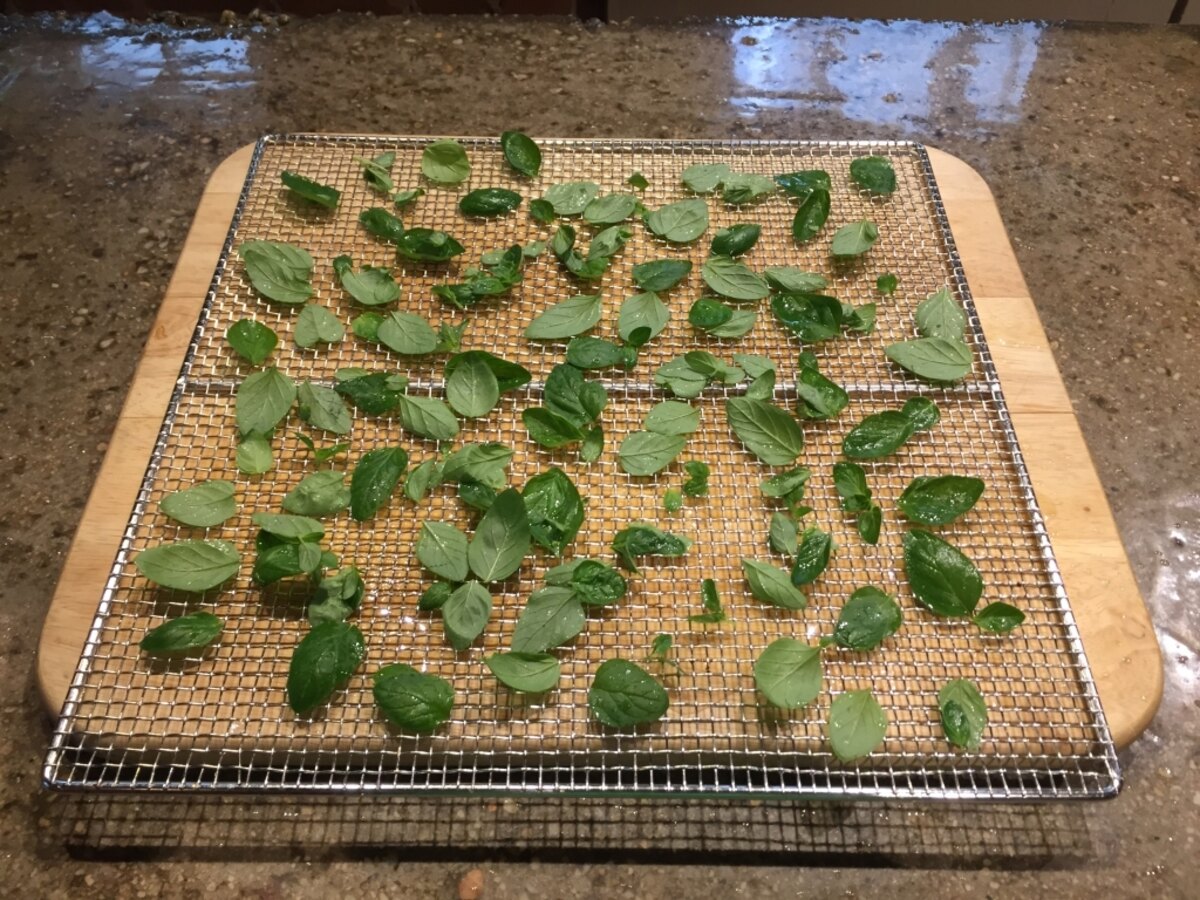


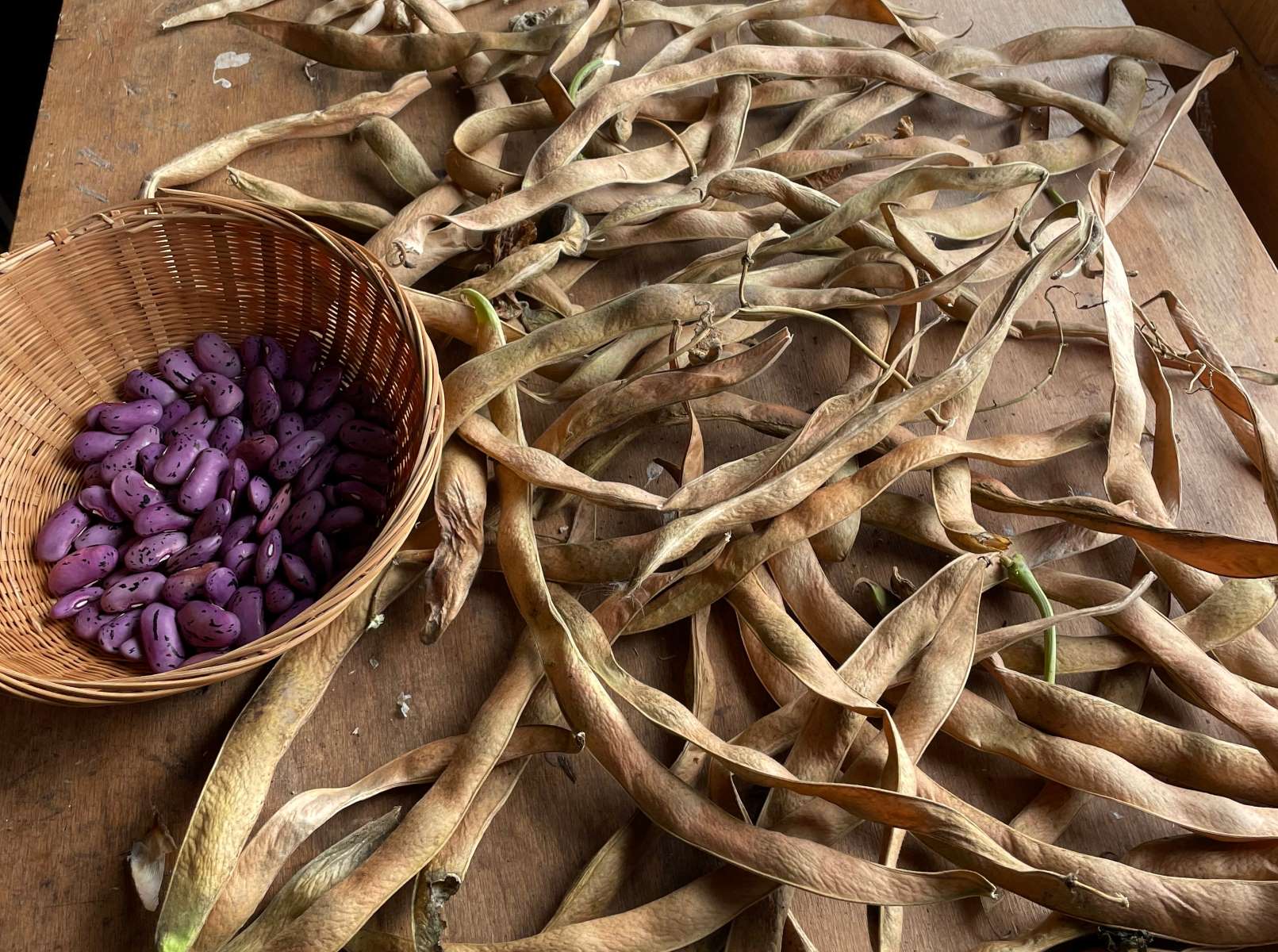
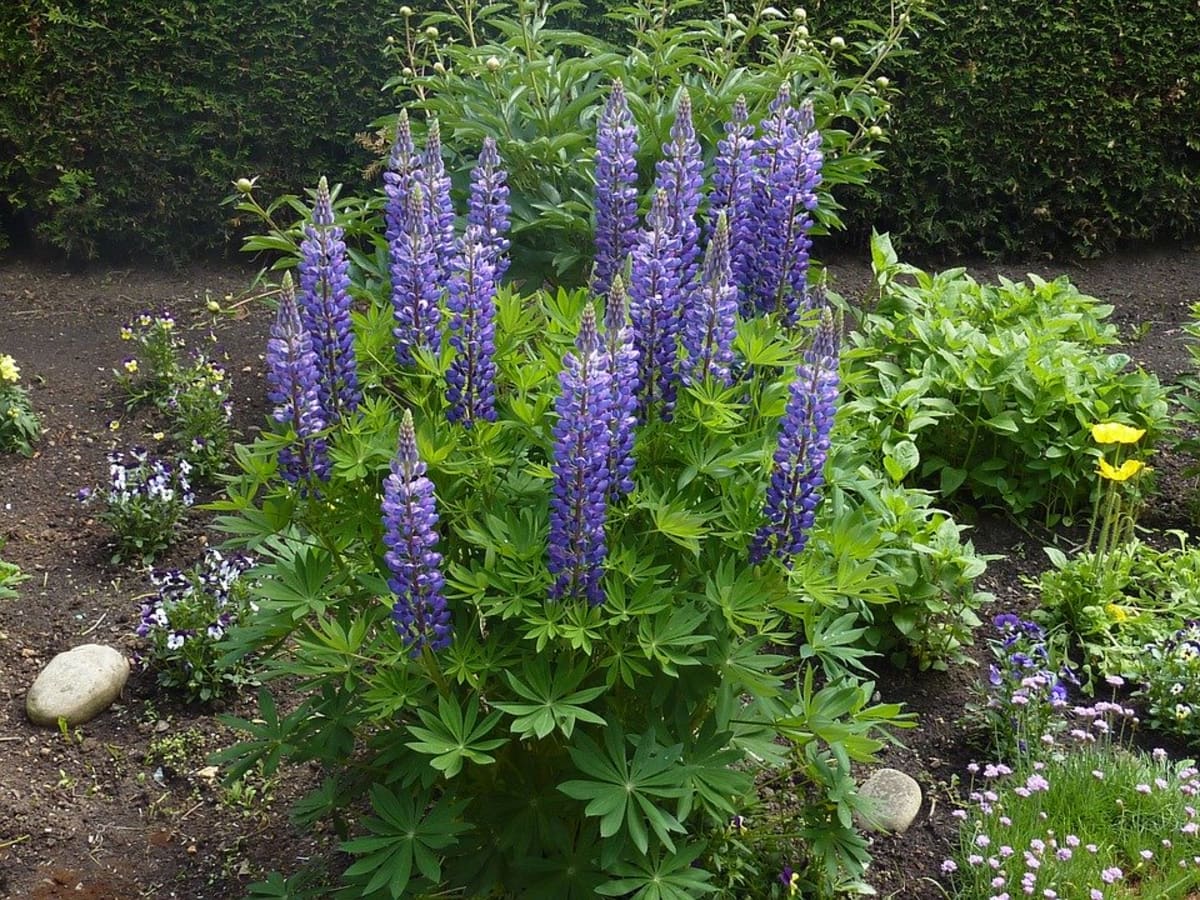

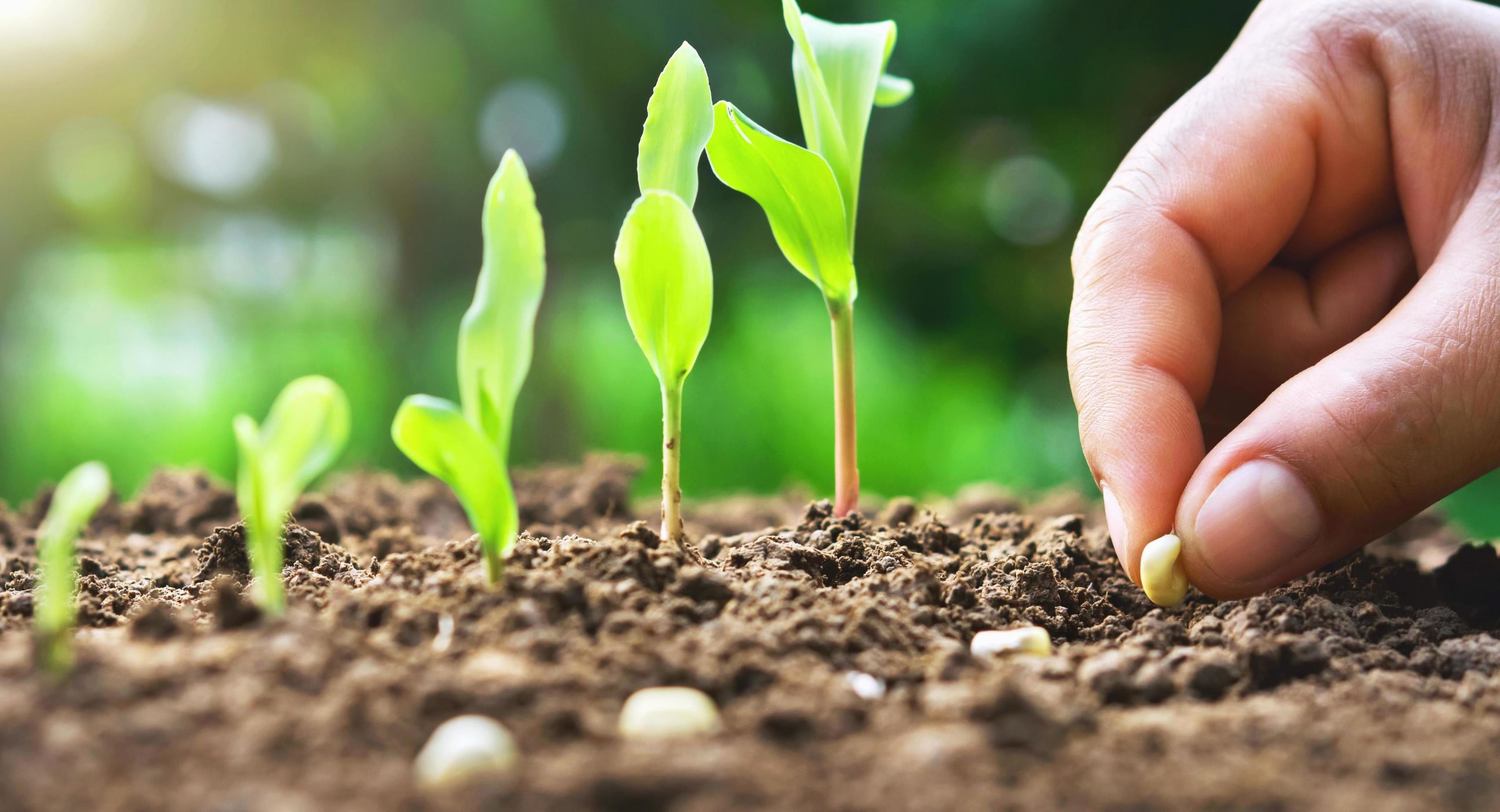
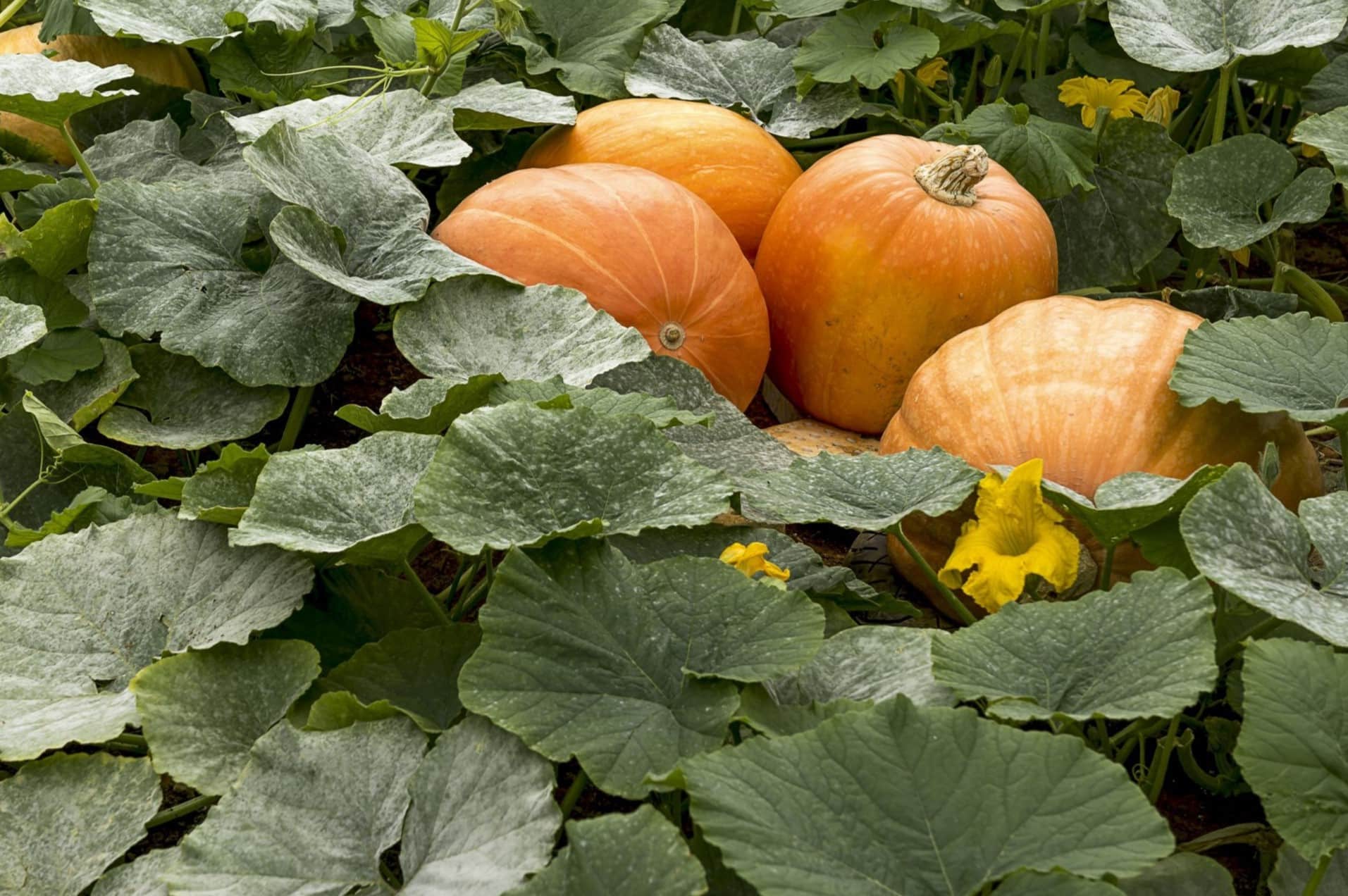
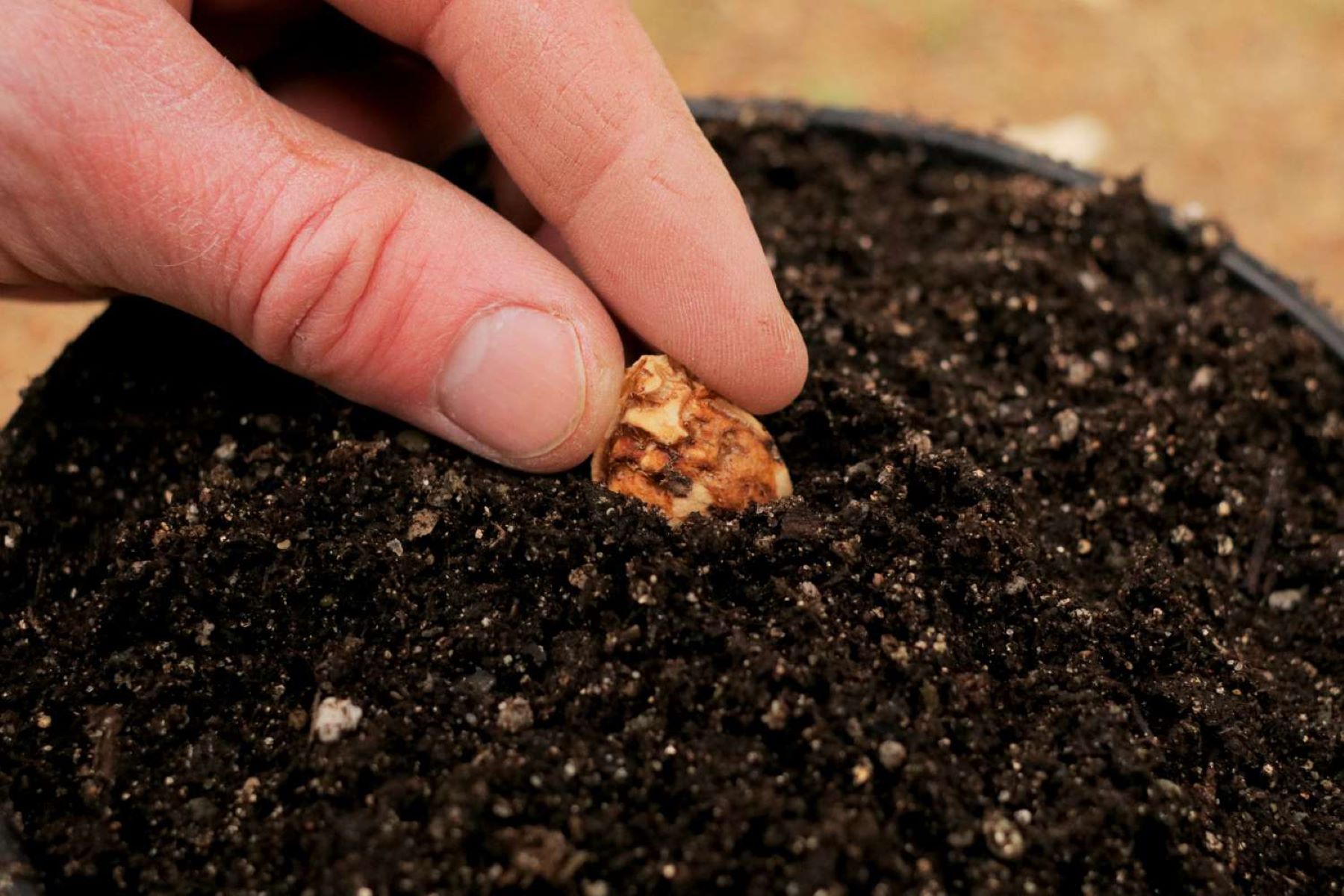
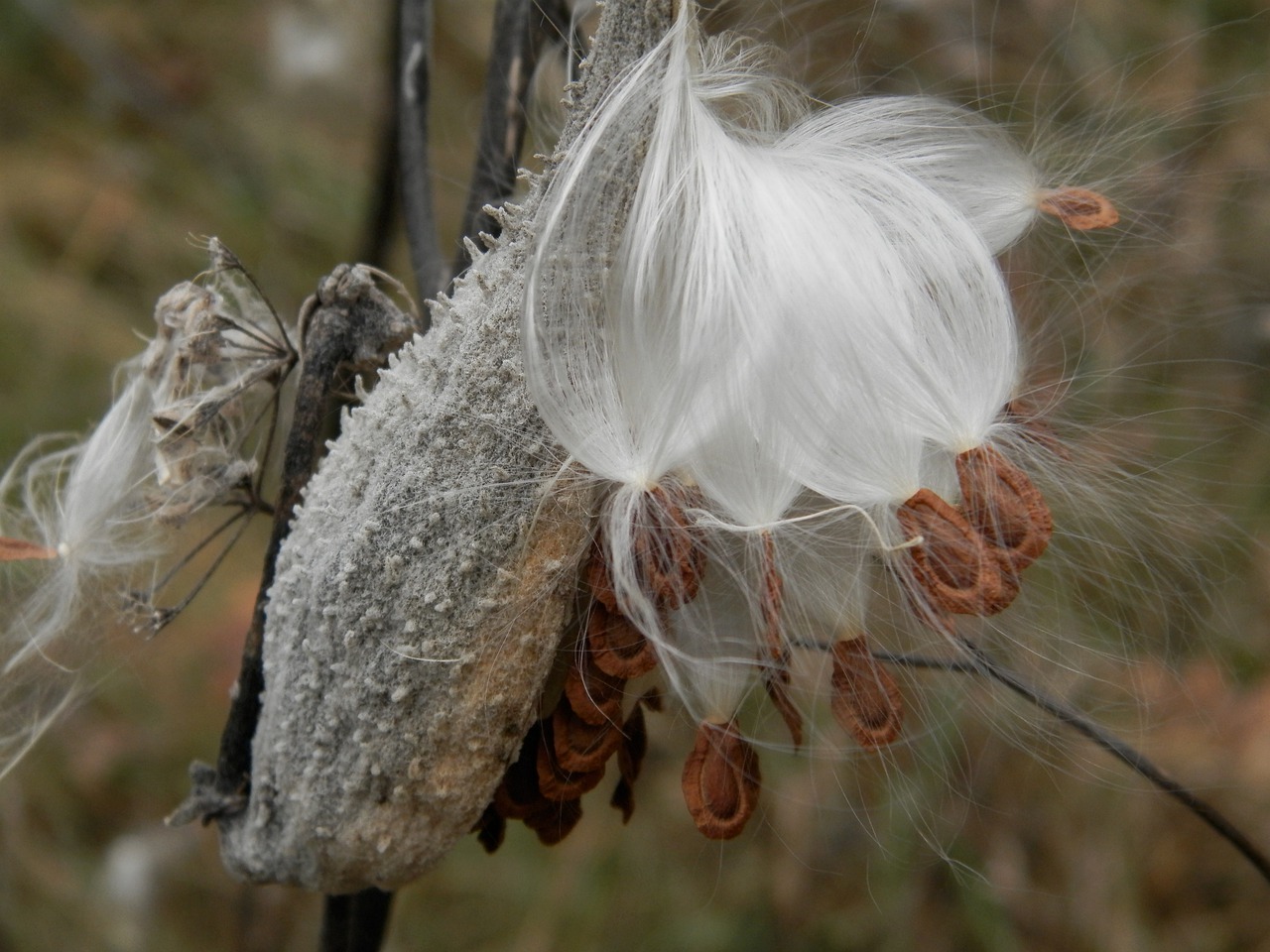
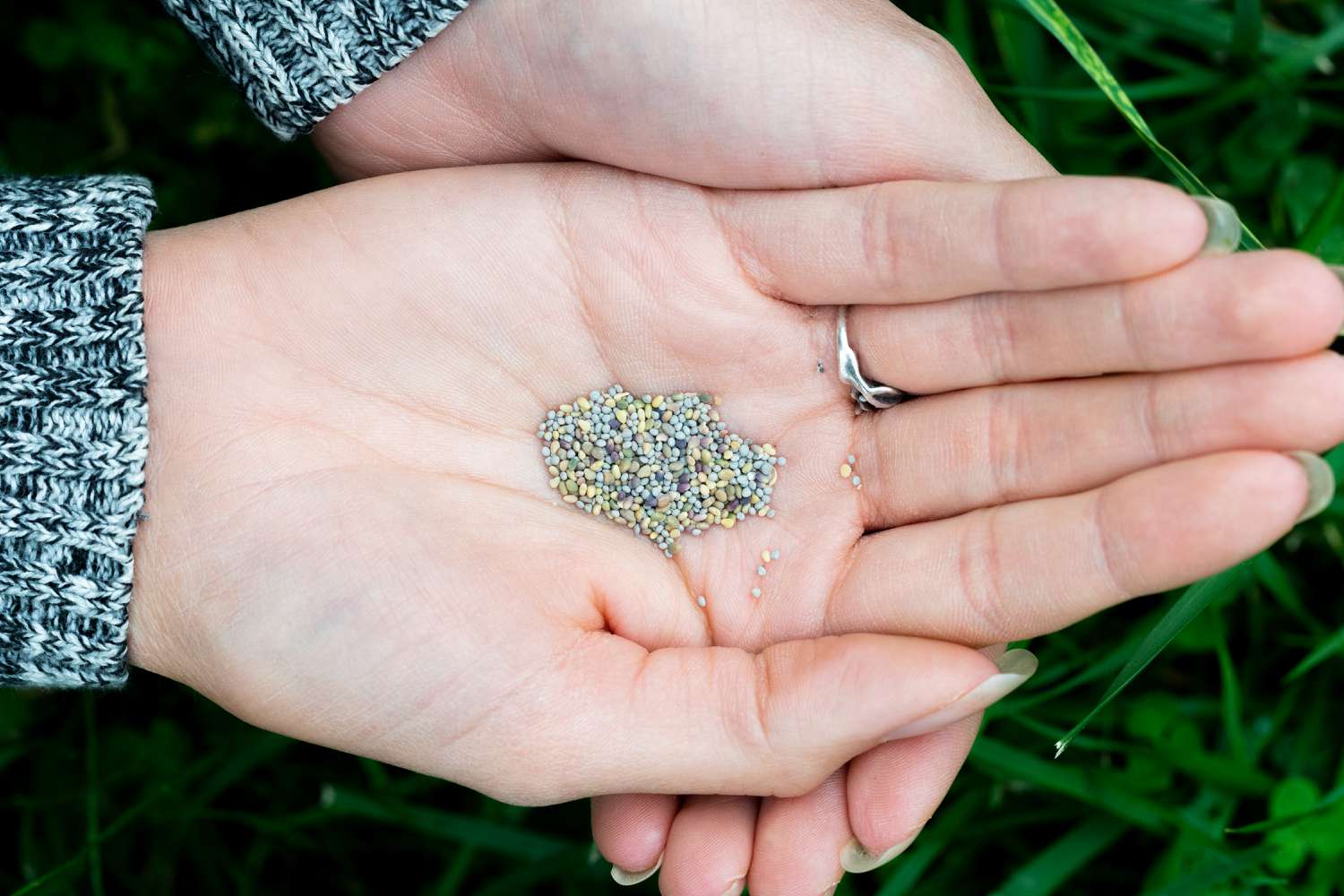
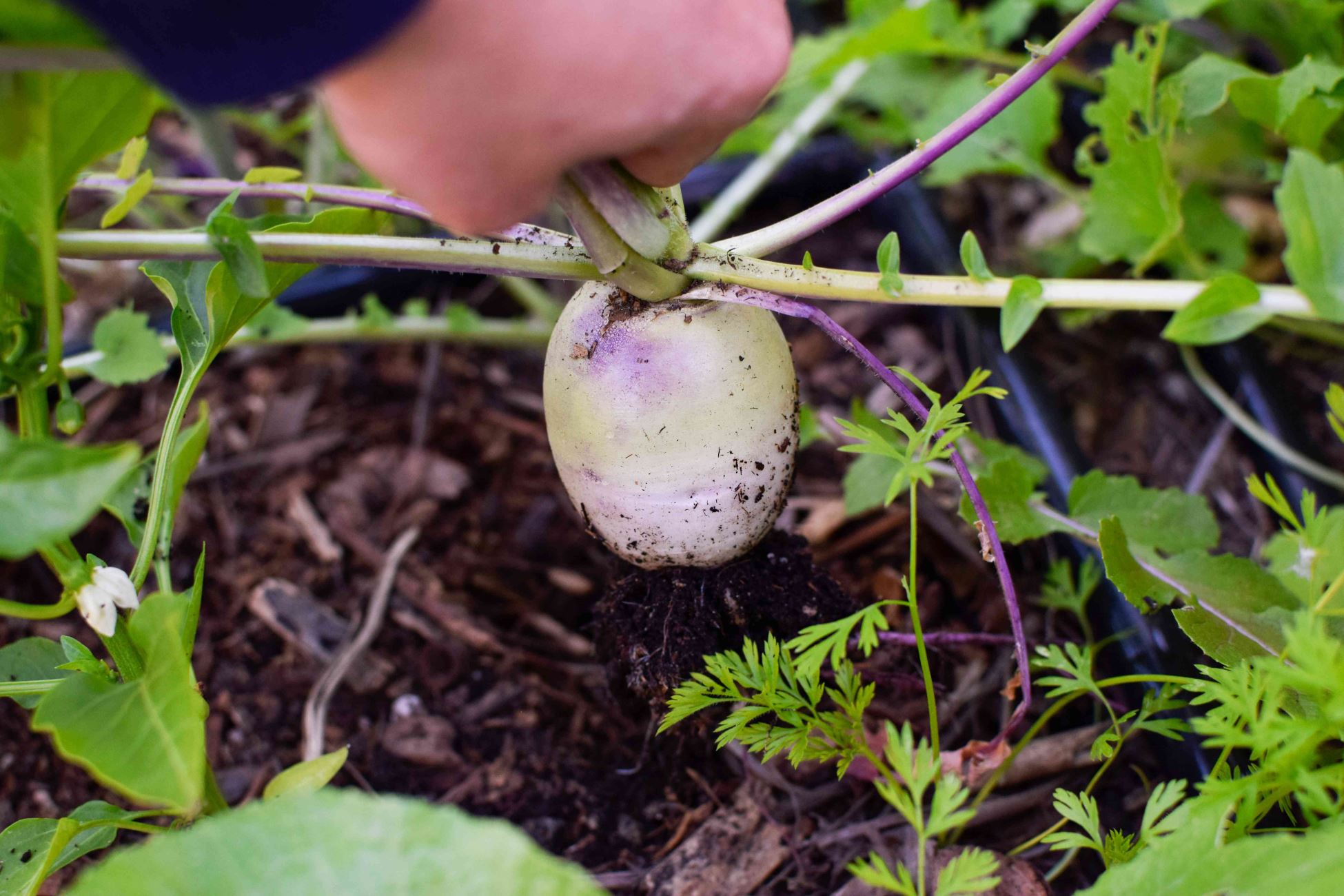
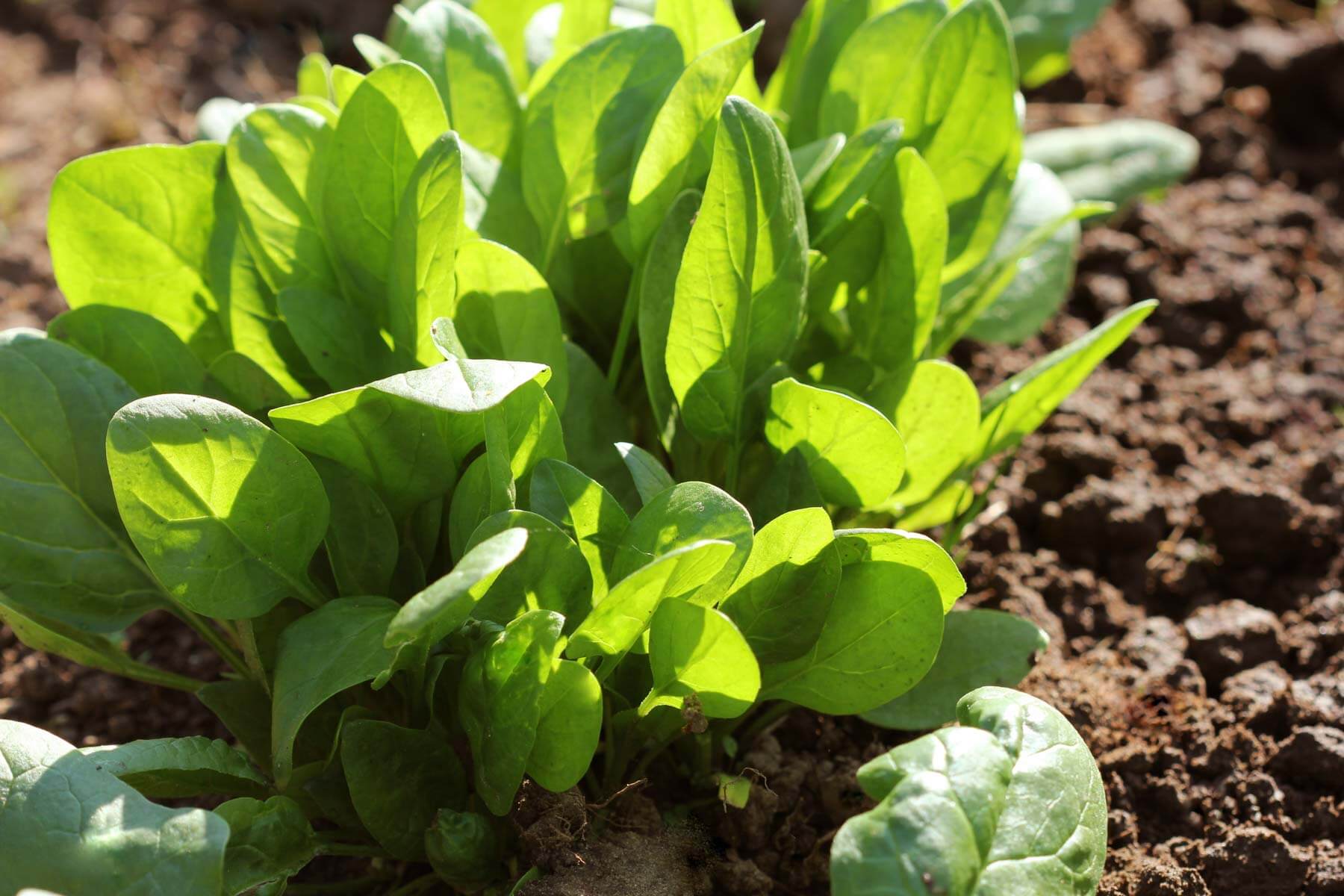

0 thoughts on “How To Plant Oregano Seeds”